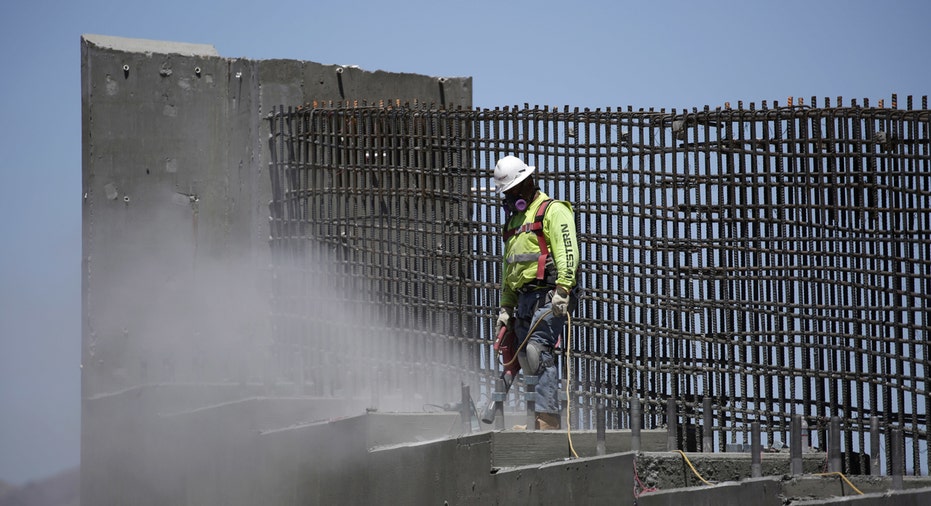Trump's $1.5T infrastructure plan shifts funding burden

The White House released the outline for President Donald Trump’s highly-anticipated infrastructure overhaul on Monday, an effort that places a larger burden on states to fund their own projects.
"This morning I submitted legislative principles to Congress that will spur the biggest and boldest infrastructure overhaul in history," Trump said during a meeting at the White House. "[It will] create thousands and thousands of jobs and increase training for our great American workers."
The president said the plan calls for $1.5 trillion to $1.7 trillion over the course of the next decade to overhaul the nation’s roads, bridges, airports and even broadband distribution. The funds are expected to result from a combination of public and private assistances, with the federal government contributing around $200 billion.
Of that $200 billion, half will be dedicated to what the administration is calling an “Incentives Program,” where grants will be awarded to states to fund projects that can spur additional outside investment. For these initiatives, federal dollars are to be used to fund a maximum of 20% of the cost, a big policy reversal from the current funding structure where government money can account for as much as 80% of highway repairs. Twenty-billion dollars will be put toward expanding infrastructure financing programs, including an effort to increase the number of credit programs, and another $20 billion is to be allocated toward innovative, “transformative projects.”
To address the needs of rural America, where some believe it could be more difficult to raise funds and attract investment, the White House proposes that $50 billion be awarded to those states’ governors in the form of block grants.
With the U.S. government committing just $200 billion to the effort, which the White House has said will come from cuts to other programs, it is largely up to states and localities to work with the private sector to raise the rest of the cash to fund needed infrastructure initiatives. The administration is hopeful the revamp will continue to stimulate economic growth. As previously reported by FOX Business, manufacturers are looking to the plan as not only a way to create direct spending and new jobs, but also to increase intra-industry efficiency.
There are some concerns the proposal could lead to a rise in costs for taxpayers, in the form of bumping tolls, gas taxes or transit fares. The federal gas tax has not been raised since the early 1990s.
Another big focal point for the federal government is streamlining the environmental review and permitting process. Trump has railed against the burdensome permitting process, which he has said can stall projects upwards of 10 years as proposals are reviewed by multiple agencies. The new plan aims to cut that entire review process down to a maximum of two years, with single-agency approval required.
Finally, the outline released on Monday promotes workforce training programs, including the expansion of apprenticeships – an important push for the White House as it seeks to connect more people with employment opportunities.
While infrastructure reform has largely been perceived as a bipartisan initiative, the White House’s proposed funding structure could raise challenges. Senate Republicans will need the help of at least eight Democrats to pass the bill through the chamber, assuming all GOP members are on board.



















